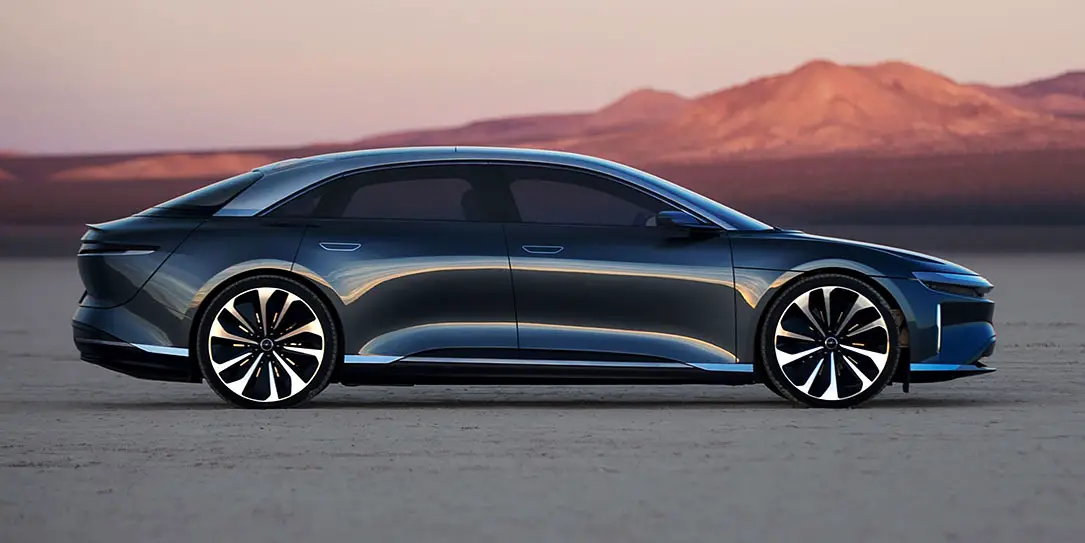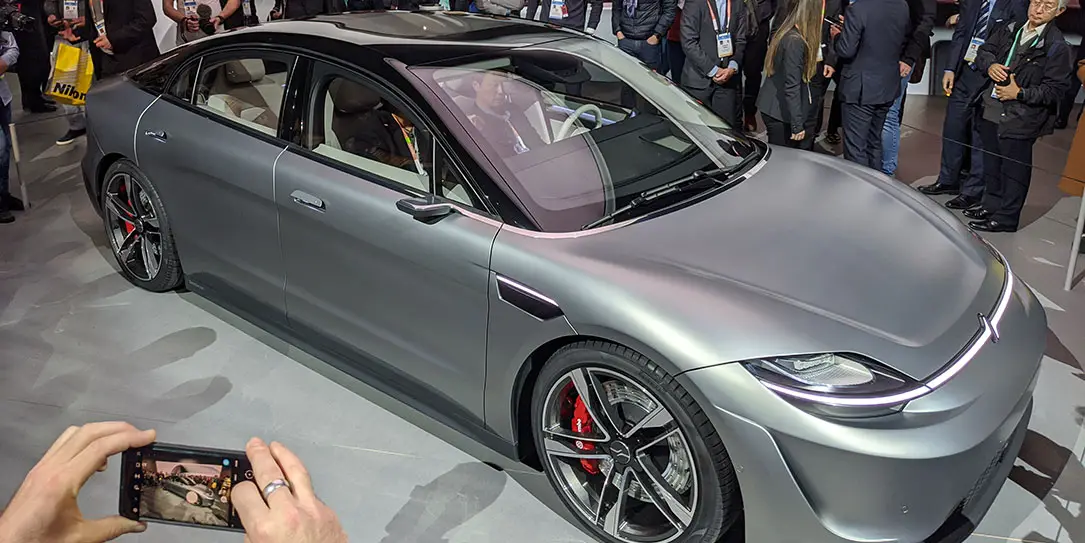Driving is taking a back seat in the world of car technology. We’ve become so competent at making cars that transport us well that our focus has shifted to the myriad other technologies that surround us when we’re behind the wheel. As a result, the new decade is bringing with it a host of changes to the driving experience as well as car technology.
If you’ve ever held onto an old car for a long time and then switched to a newer one, you know how much cars have evolved in the last 20 years. Here’s where we’ll continue to see changes in car technology.
Augmented Reality
Projecting a dinosaur into the family photograph is technically enhanced reality. However, it doesn’t add much value to your situation. Until recently, we haven’t had the computing power and experience with this new idea to leverage it in a practical way — but that’s changing in new vehicles.
Augmented reality will begin to color the way you interact with your car’s navigation and heads-up-display systems. While HUDs have been gimmicky in all but the best examples, the ability to color-code a specific lane or draw your attention to a stop sign or changing light will be helpful in the future.
Self-Diagnosing Cars
Should something break on your car, you might receive an indicator that displays exactly what’s wrong and gives you the option to book an appointment with the dealership. If the issue is with software, the car might be able to pull it down over the air the way Tesla cars do now.
Not everyone has been a huge fan of over-the-air updates because of the way the occasional update can remove features or cause malfunctions. Manufacturers will have to pay special attention to see that what they send out is ready for production, but if it eliminates a trip to the dealership, wouldn’t you go for it? This is just the start of how car technology is changing.
Enhanced Electrical Capacity
The 12-volt electrical system in most cars dates all the way back to the 1950s, and yet we continue to build additional technology into our vehicles. It’s time for an update to a more robust architecture so that we can continue to add technology that makes driving more convenient.
Manufacturers are gearing up to begin building 48-volt electrical systems in many cars, but the switch isn’t actually motivated by the need for louder stereos and more powerful phone integration. Instead, the extra juice is used to allow for better power delivery from modern turbocharged engines.

Vehicle-to-Vehicle Infrastructure (V2V)
You might be thinking, “Where on that list are self-driving cars?” Despite some clever marketing language that hails many new and very capable lane-following cruise-control systems as self-driving, we’re still quite a way away from self-driving cars. Vehicle-to-vehicle communication is one of the stepping stones to self-driving cars, and it could be a major advancement in the 2020s.
Cars cannot currently communicate with one another beyond the occasional carphone to carphone call, and that’s really just two humans communicating between their respective cars. But your car currently logs and holds a great deal of data that could inform the way other cars navigate safely around it and that’s a huge advancement in car technology.
You’ve probably heard of 5G, the network infrastructure that many wireless carriers are pushing as the next-generation solution for your cell phone. 5G’s immediate benefits are actually far more tangible in high-impact applications such as V2V communication, and that’s something we might begin to see this decade. Don’t expect the car to drive itself, but it might share the information received from another car with you.
The Rise of Electric Vehicles and Ultra-Fuel-Efficient Cars
It has to be said that EVs are an important and rapidly developing new technology for the new decade. Yes, they’re already a regular sight on the road in many parts of the country, but even where they’re particularly popular in places like California and New York, EVs constitute only about one percent of all vehicles on the road. That’s not going to make a significant enough difference in sustainability.
In the next 10 years, Tesla is going to face real competition. Manufacturers that might have dipped their toes into the hybrid market a decade ago will have the know-how to produce fully electric cars — and do it to very high production values. Not only will Tesla’s cornering of the market be challenged, but its reputation as an upscale EV manufacturer could change.
Imagine the Model 3 as a Toyota Corolla equivalent. That’s what it’s intended to be. Yes, production costs are not low enough for the price disparity to play out today, and the Tesla receives a host of luxury features to partially compensate for that fact. But as EVs become easier to find on the lot of a Ford, Volkswagen, BMW or Porsche dealership, Tesla will move mid-market.
Charge Your Heart Out
The types and quality of cars available are going to change, but that’s not all. The infrastructure to support them will change. Cities like Los Angeles, where EVs are very popular, are already hustling to install additional charging stations, but it’s still hard to avoid a wait if you’re a Tesla owner who wants to use a Supercharger during high-traffic hours.
The changes needed to support additional chargers have to occur at the power grid level. There just isn’t enough electrical power made available to charge cars if you increase the number of EVs on the road from one percent to 10, for example. City blocks would experience blackouts from the power drain. At the same time, additional manufacturers will develop vast charging networks to compete with Tesla. For example, Volkswagen has elected to pay back their Dieselgate penalties by putting the money into charger development.
These are just a handful of the innovative new technologies that we can look forward to as the new decade begins. In addition, expect enhanced lighting, new takes on alternative fuels, much more powerful voice command technology and advances in traction control and lane-keeping that could make it nearly impossible to crash your car. Ultimately, our cars will be more comfortable, better connected, faster and safer. That’s progress.
What do you think of the future of car technology? Let us know in the comments below or on Twitter, or Facebook. You can also comment on our MeWe page by joining the MeWe social network.
In some of our articles and especially in our reviews, you will find Amazon or other affiliate links. As Amazon Associates, we earn from qualifying purchases. Any other purchases you make through these links often result in a small amount being earned for the site and/or our writers. Techaeris often covers brand press releases. Doing this does not constitute an endorsement of any product or service by Techaeris. We provide the press release information for our audience to be informed and make their own decision on a purchase or not. Only our reviews are an endorsement or lack thereof. For more information, you can read our full disclaimer.
Last Updated on February 3, 2021.










